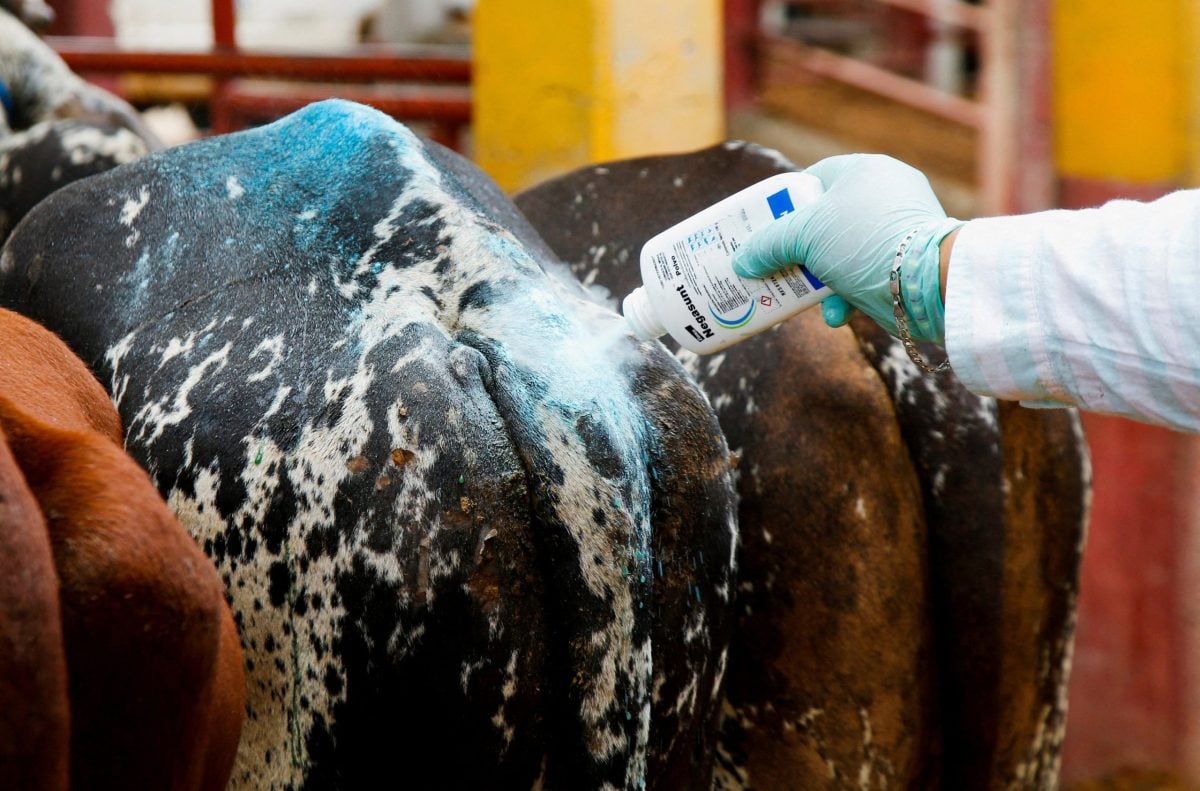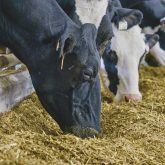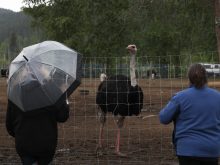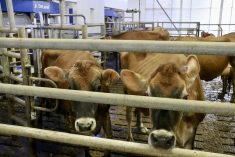Commercial poultry farmers in British Columbia’s Fraser Valley have come out the worst so far this month in Canada’s year-long fight with highly pathogenic avian influenza.
Since Wednesday last week, that region alone has seen outbreaks on 13 commercial poultry farms: nine at Abbotsford, three at Chillwack and one in the District of Kent.
That’s out of a total of 25 outbreaks so far this month across Canada, out of which 19 were on commercial farms. Five of the B.C. poultry outbreaks were confirmed by the Canadian Food Inspection Agency (CFIA) on Tuesday alone.
Read Also

Mexico agriculture secretary says still no date for restarting cattle exports to U.S.
Mexican Agriculture Minister Julio Berdegue said on Wednesday that Mexico and the United States have not yet set a date to resume Mexican cattle exports amid an outbreak of the flesh-eating screwworm parasite.
B.C.’s ag ministry, in a release Monday, reiterated that the risk of avian flu to commercial poultry farms as well as small backyard or non-commercial domesticated flocks increases each spring and fall as waterfowl and other birds migrate to and through the province.
The province’s chief veterinarian had already issued an order on Sept. 14 requiring all regulated, quota-holding chicken and turkey operations to “maintain indoor operations,” reviving an order from this spring.
A second order was issued Oct. 14 requiring that birds not be taken to “commingling events” such as auctions, bird shows or ag fairs.
Along with an outbreak in a non-commercial, non-poultry flock in the west-central B.C. regional district of Bulkley-Nechako, other outbreaks confirmed by CFIA among domestic birds in Canada so far in November include:
- Alberta: two commercial flocks, one each in Lethbridge (confirmed Nov. 3) and Forty Mile (Nov. 16) counties, plus a non-commercial, non-poultry flock in Minburn County (Nov. 7) and a backyard poultry flock in Mountain View County (Tuesday);
- Manitoba: a non-commercial, non-poultry flock northwest of Winnipeg in the R.M. of Woodlands (Thursday);
- Ontario: two commercial poultry flocks in the southwestern municipality of Adelaide Metcalfe (Friday and Monday);
- Saskatchewan: a commercial poultry flock in the R.M. of Humboldt (Nov. 14) and a backyard poultry flock in the R.M. of Francis (Nov. 9); and
- Quebec: a commercial poultry flock in the regional county municipality (RCM) of Rouville (Nov. 5) and a non-commercial non-poultry flock in the RCM of Nouvelle-Beauce (Nov. 2).
As of Nov. 16, Canada has seen an estimated 3.7 million domestic birds at 223 premises across nine provinces impacted by avian flu outbreaks since the country’s latest run of high-path bird flu began in December 2021.
By comparison, in the U.S., as of Tuesday, avian flu outbreaks since February this year have affected an estimated 50.46 million domestic birds across 633 flocks over 46 states.
The risk of avian flu to human health is still considered low and there’ve been no known cases of transmission of H5N1 — the predominant strain in the current run of high-path outbreaks — from birds to people in North America.
In the rare cases where people do catch avian flu, CFIA has said, it’s most likely to have been transmitted via close human contact with live infected birds, or in “heavily contaminated” environments.
H5N1 is also not known to pose a food safety risk, as poultry and eggs are safe to eat when proper handling and cooking take place.
Whether high- or low-path, H5 and H7 subtypes of the avian influenza virus are federally notifiable diseases in Canada, as both of those H-types are able to mutate from low-path to high-path after they infect domestic birds. — Glacier FarmMedia Network













